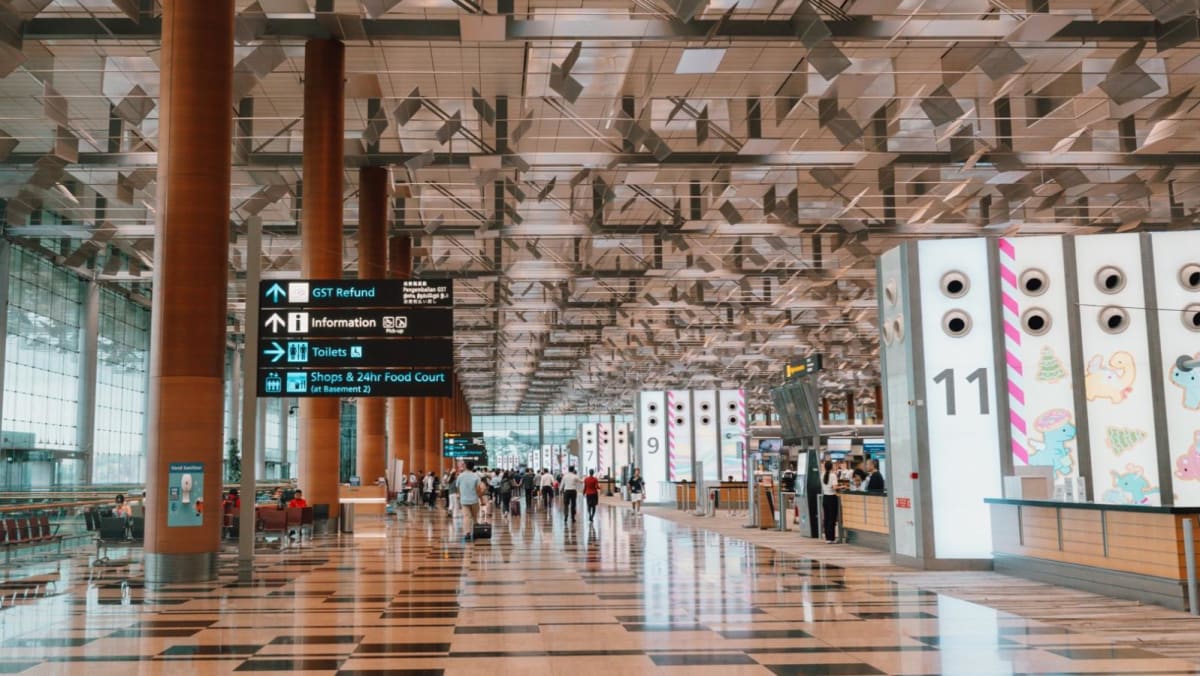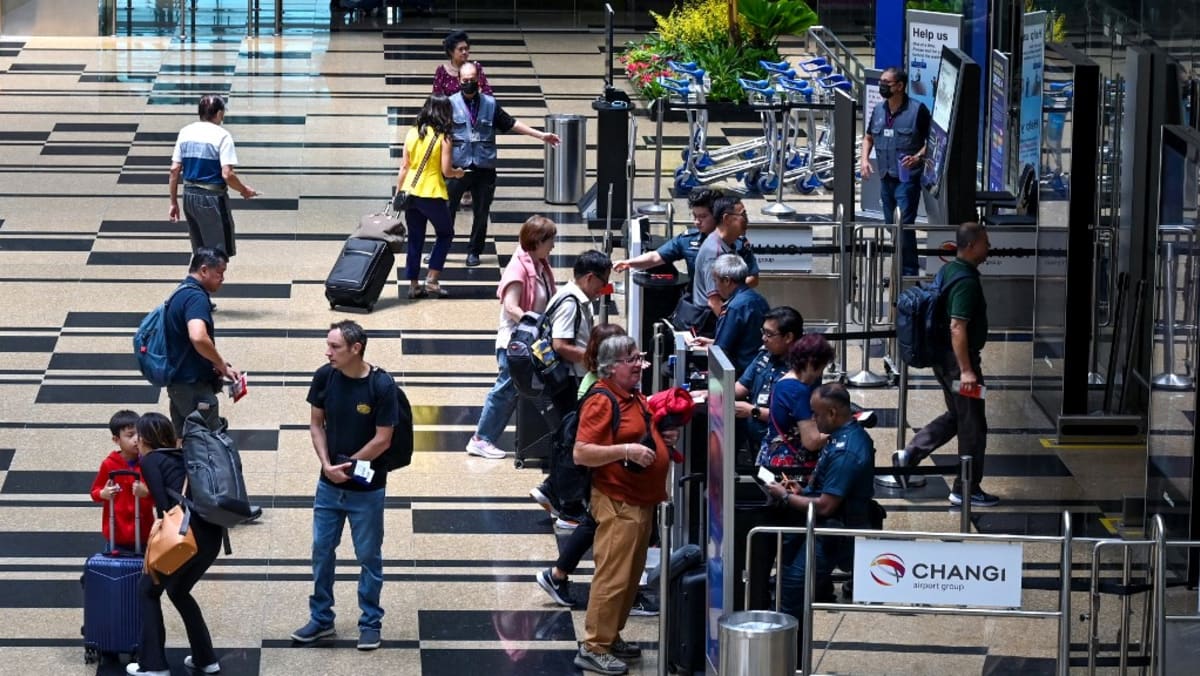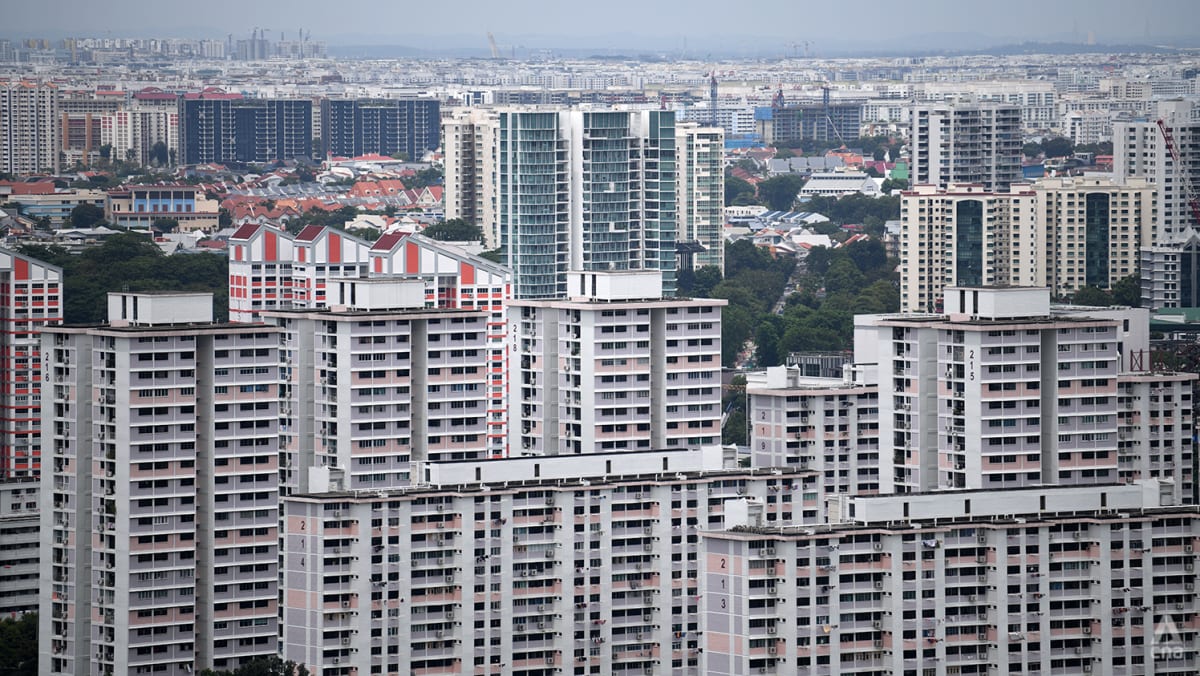By the end of this year, Terminal 4 will have a new check-in row that will facilitate fast and easy travel through self-service check-in kiosks and automated bag drops.
The new facilities will increase the terminal’s check-in volume by approximately 15 per cent and will accommodate up to 2,500 passengers per hour.
Terminal 1’s east and west arrival immigration halls will also be expanded by almost 60 per cent by 2026.
“The larger space will relieve the key bottlenecks for arrival clearance, especially during peak periods,” CAG and CAAS said.
CAG and CAAS also said that the construction of Terminal 5 will begin in 2025 and it will be operational in the mid-2030s.
When operational, Terminal 5 will serve an additional 50 million passengers annually, on top of Changi Airport’s current capacity of 90 million.
“As a major air hub for the Asia-Pacific region and beyond, Changi Airport is well-poised to serve this rise in demand and provide even better connectivity to travellers,” said Mr Han.
Airside infrastructure will also be improved to accommodate Boeing’s new B779 family of planes.
Known to be the world’s longest twin-engine aircraft, the B779 has a wheel load that will put more stress on aircraft pavements. Hence, some taxiways will have to be reinforced and contact stands upgraded.
The airport currently has 111 contact stands and 78 remote stands. Thirty-seven of the contact stands can currently accommodate the B779, and this will increase to 39 in 2028.
As more planes use the airport to meet the influx of travellers, it will also construct more remote aircraft parking stands for both passengers and cargo. This will bring the total number of aircraft stands to more than 200.














